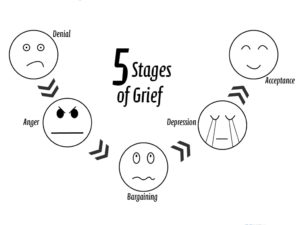Second Saturday’s: Learning about Separation and Divorce Process Choice Options
Second Saturday is a divorce advice workshop that provides essential information to help you successfully navigate the divorce process. This workshop is designed for people at any stage of untying the knot to help you better prepare for the complexities of divorce while avoiding common financial, legal and emotional pitfalls.
Second Saturday covers the legal, financial, family and personal issues of divorce in a logical, yet compassionate way. Our workshops are presented by a team of qualified legal and financial professionals, such as Nathens, Siegel LLP, and family counselors. These professionals include mediators, attorneys, real estate professionals and financial advisors with specific training in helping couples working through a separation or divorce. The professionals focus on a team approach to help you get to a durable and sustainable agreement.
There are several process options available to couples separating or divorcing including: mediation, collaborative law and litigation (a court based process). The professionals review the different process options to help you decide which process will fit your specific situation and level of support you need.
The classroom format will give you ample opportunity to ask questions, meet with divorce professionals, connect with resources for your specific situation, and connect with other participants in similar situations. Second Saturdays provides unbiased information that reviews and explores your options and helps you move through the process.
No matter what level of knowledge you may feel you have with the finances, if you are considering a separation or divorce, the workshops offer a private space to help you understand your personal situation. The attention you will receive with multiple professionals will enable you to get answers to your questions all in one place for a fraction of the cost of what it would be to meet with just one professional.
Workshops are offered the second Saturday of each month from 9:00 am – Noon and starting in July will be offered at the offices of The Mediation Center, 95 Allens Creek Road, Building 2, Suite 123, Rochester, NY 14618. You may just walk in or pre-register by visiting www.womensfinancialeducation.com/secondsaturday.
For more information on the workshops or about mediation as a process option, please call: 585-269-8140.






